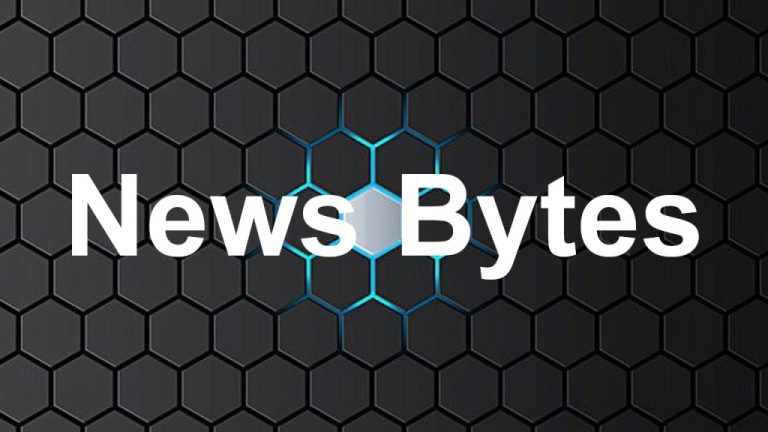
dYdX completes the launch of its layer 1 proof-of-stake blockchain with the creation of its genesis block by chain validators.
Decentralized cryptocurrency exchange dYdX has launched its layer 1 blockchain with the creation of its genesis block which will operate using native DYDX tokens.
The dYdX Chain is set to distribute all fees to validators and stakers in USD Coin (USDC). This includes trading fees denominated in USDC as well as gas fees for DYDX-denominated transactions or USDC-denominated transactions.
The proof-of-stake (PoS) blockchain network was built using Cosmos’ software development kit and makes use of CometBFT as its consensus protocol. Validators stake DYDX in order to secure the blockchain and carry out governance operations of the network.
The launch of the dYdX Chain network itself spanned a massive number of companies:
— Antonio | dYdX (@AntonioMJuliano) October 26, 2023
@dydx_ops_subdao coordinating genesis & launch generally + hosting indexer & frontend
@dydxfoundation coordinating community governance
@noble_xyz, @circleapp, @coinbase for launching…
Antonio Juliano, dYdX founder, highlighted that the launch of the dYdX Chain hinged on the likes of Circle and Coinbase launching on Cosmos in time for the creation of its genesis block. Juliano previously described dYdX as an "entirely new blockchain built on Cosmos SDK" and the "first-ever decentralized, offchain orderbook". The blockchain is also entirely open-source.
Before the launch of dYdX’s native layer 1 chain, the original DYDX was an ERC-20 token operating on dYdX’s original Ethereum layer 2 protocol. To facilitate the transition to its own layer 1 chain, the dYdX community voted to adopt DYDX as the L1 token of the dYdX Chain, adopt a one-way bridge from Ethereum to the dYdX Chain and to give wrapped Ethereum DYDX (wethDYDX) the same governance utility as ethDYDX in dYdX v3.
As a result of community votes and governance outcomes, the utility of the DYDX token has expanded to be used for staking, securing the network and assisting with governance on the dYdX Chain.
Similar to Ethereum’s transition to PoS, stakers and validators secure and protect the network and receive dYdX protocol feels in proportion to their staked assets. Fees collected by the dYdX Chain protocol are distributed to validators and stakers through the Cosmos distribution module.
An announcement from dYdX highlighted its expectation that the governance on the dYdX chain will be more accessible than its previous, Ethereum-based layer 2 protocol:
“The dYdX Chain does not have the dYdX v3 concept of ‘Proposing Power’; instead, the governance module effectively enables any holder to create a governance proposal with a deposit.”
Provisions to combat spam proposals include minimum deposit thresholds and voting mechanisms with veto powers. Users can only used staked DYDX tokens to participate in chain governance.
Chain validators will also inherit the voting weight of stakers, unless specific stakers opt to vote on proposals individually.
Magazine: Ethereum restaking: Blockchain innovation or dangerous house of cards?








